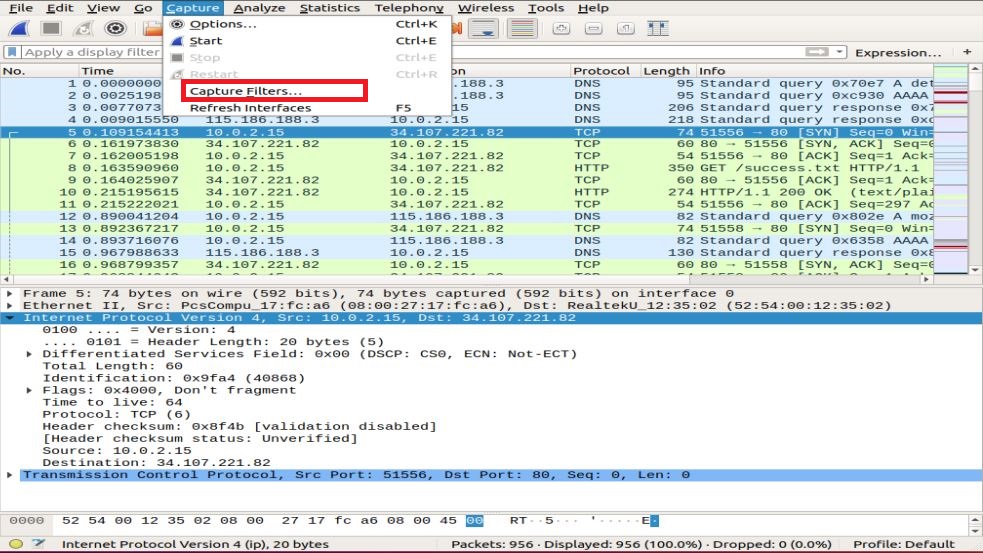
Let’s open any login page, and send a POST request to some server. So to sniff particularly POST data, you need to use filter inside Wireshark Filter Section bar. To stop the capture, you can click on the fourth icon on the top entitled Stop running the live capture, or you can navigate to Capture | Stop in the menu. Here, Wireshark is listening to all network traffic and capturing them.

In case of Linux, you can start the Wireshark by typing “ sudo wireshark” command in your terminal and select the interface and start the capturing process. In our case, we are connected with LAN (Ethernet), so we’ll go with an Ethernet Interface.


Start the Wireshark – You need to run Wireshark on an account with sufficient privileges to capture, or need to give the account on which you’re running Wireshark sufficient privileges to capture. Let’s take a look at the basics of using Wireshark to capture and analyze traffic. It can decode different protocols that it sees, so you could, for instance, reconstruct the audio of Voice over IP (VoIP) phone calls.

Wireshark can be used to capture Ethernet, wireless, Bluetooth, and many other kinds of traffic. Wireshark is a graphical network protocol analyzer that lets us take a deep dive into the individual packets moving around the network.


 0 kommentar(er)
0 kommentar(er)
